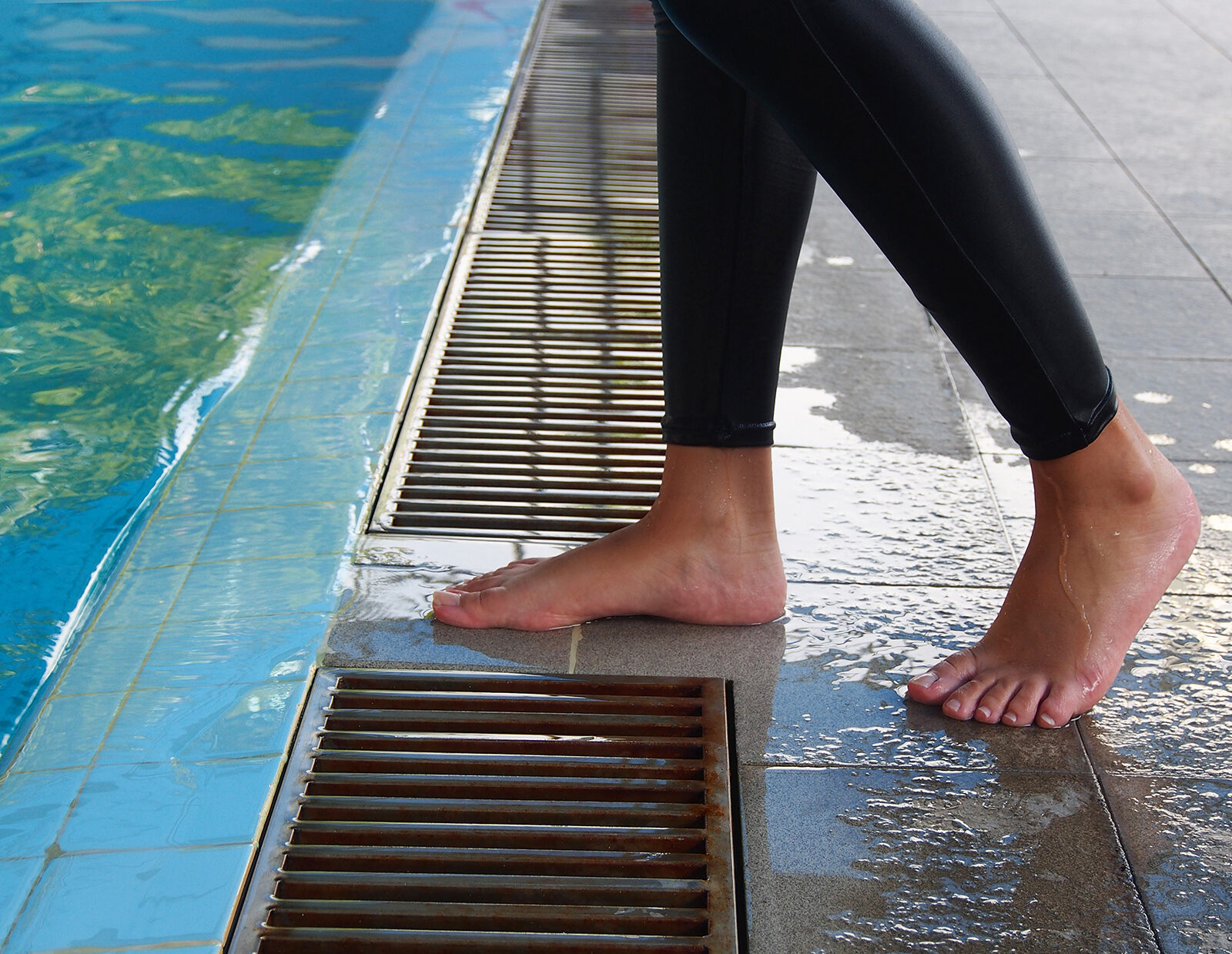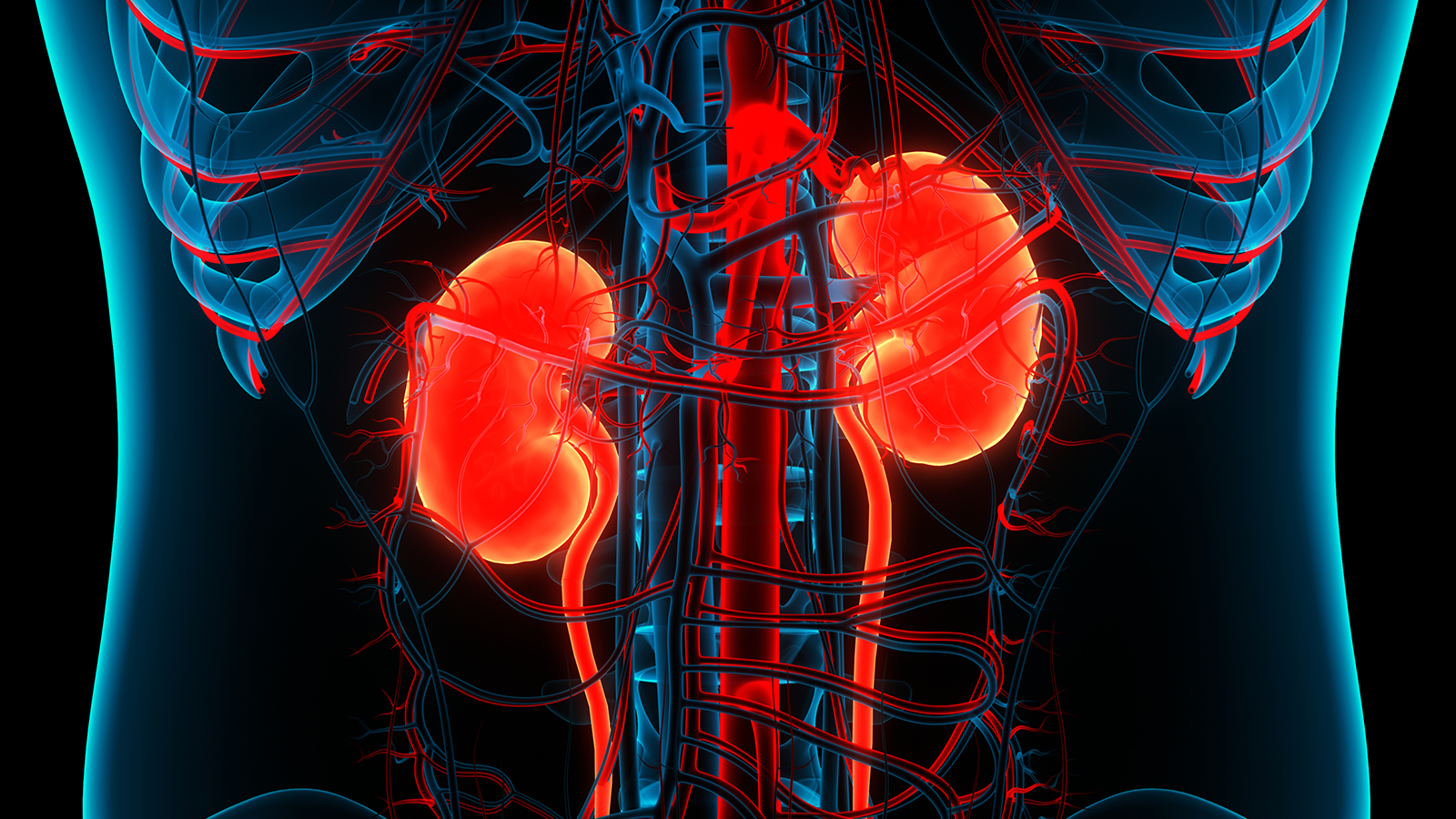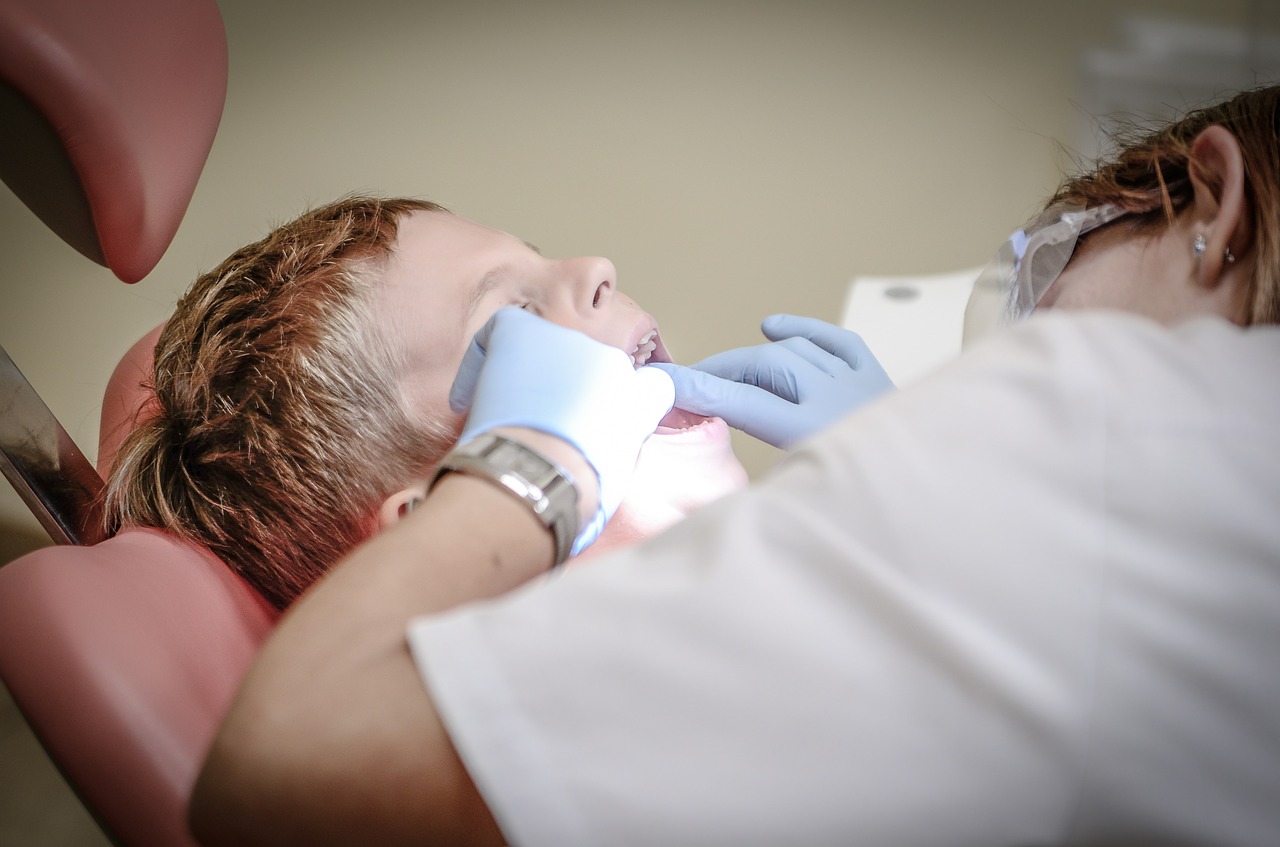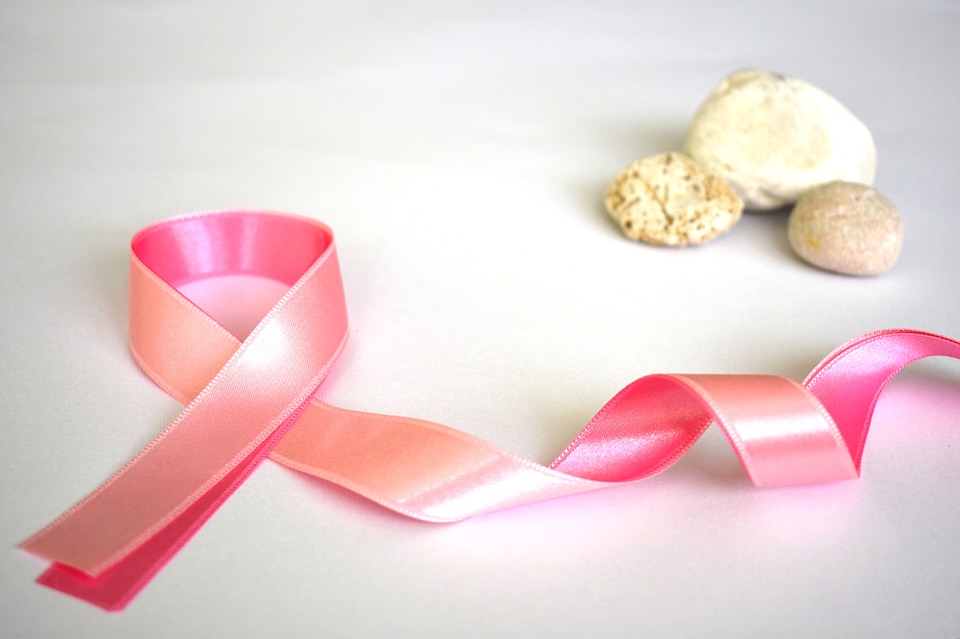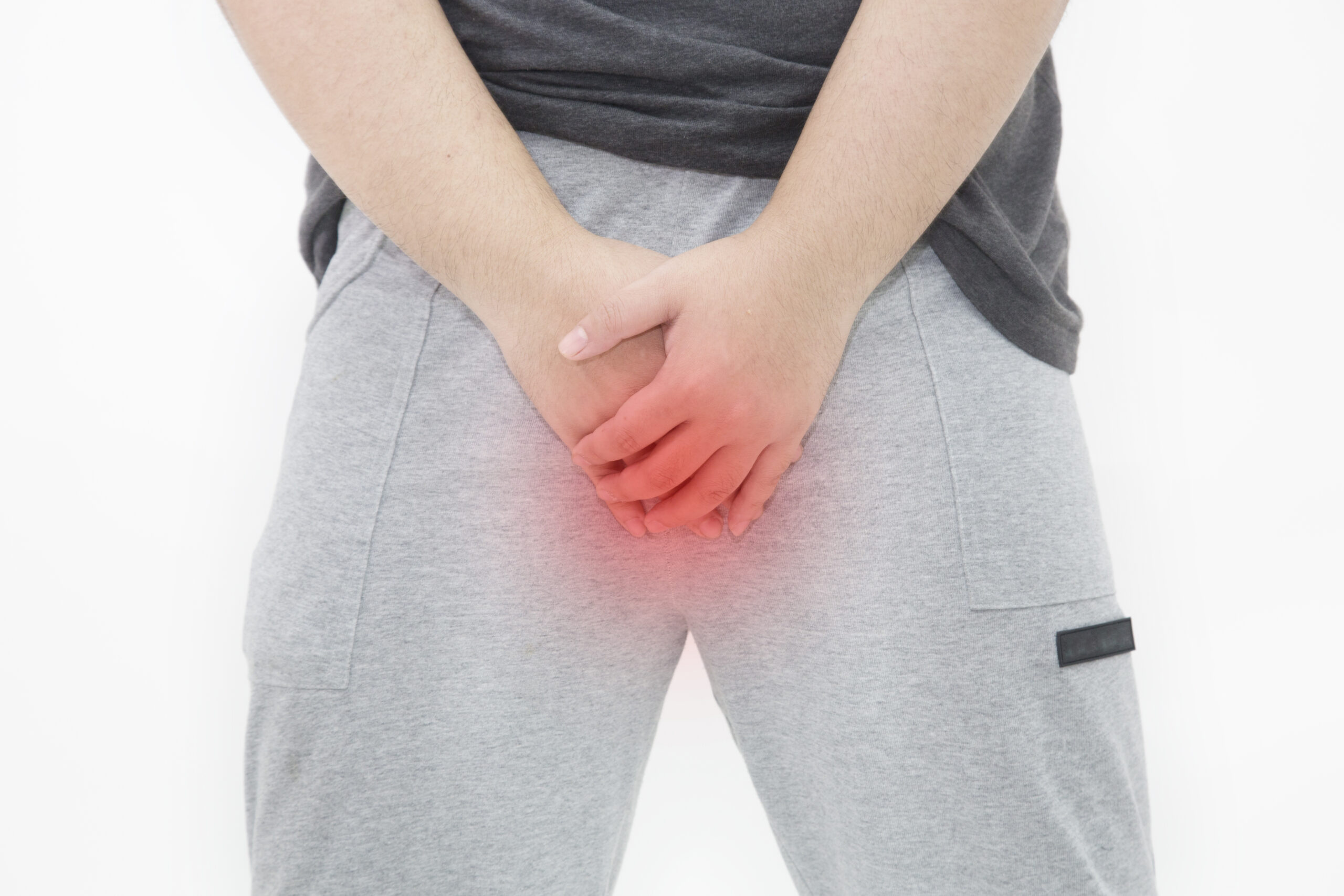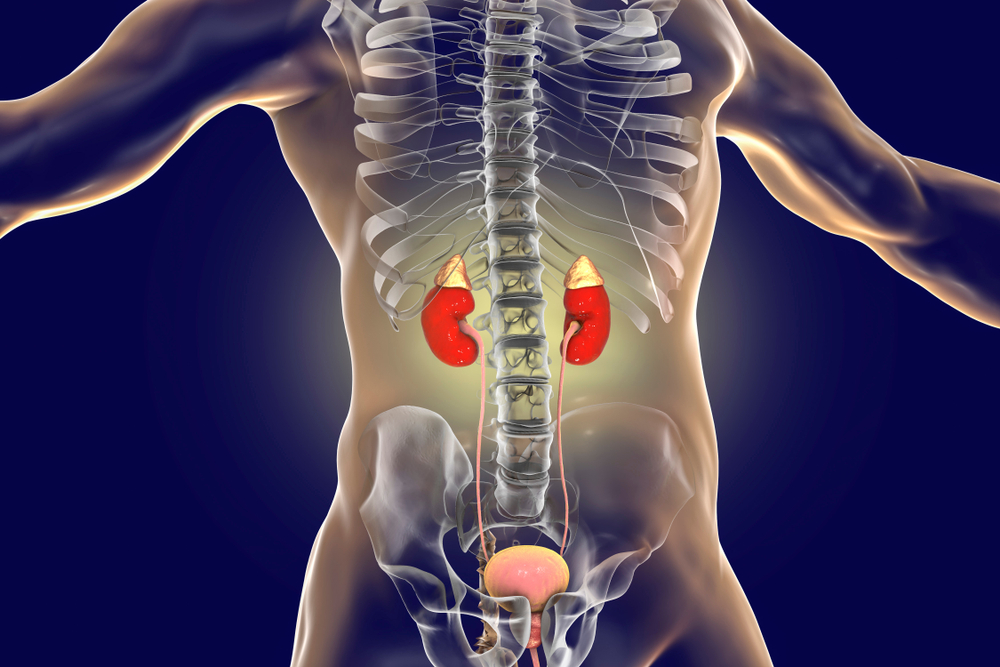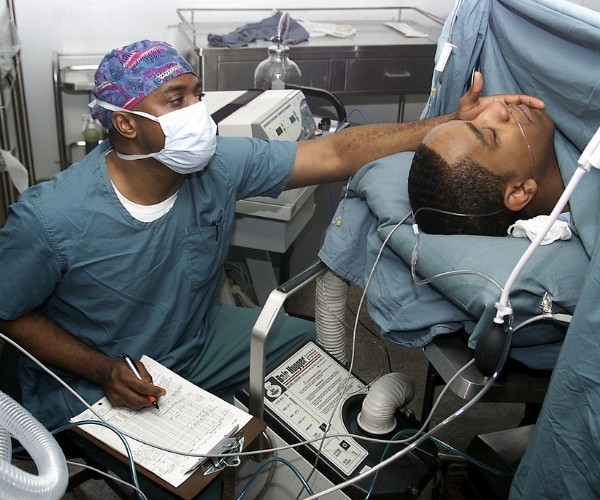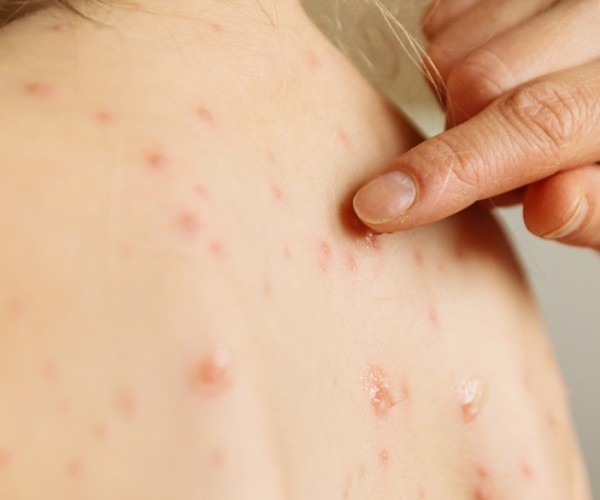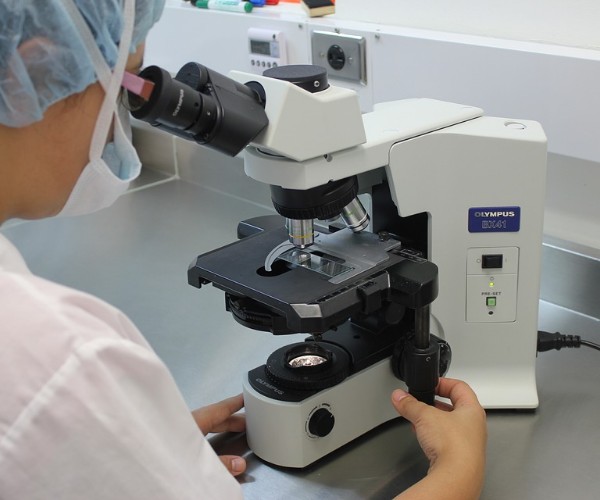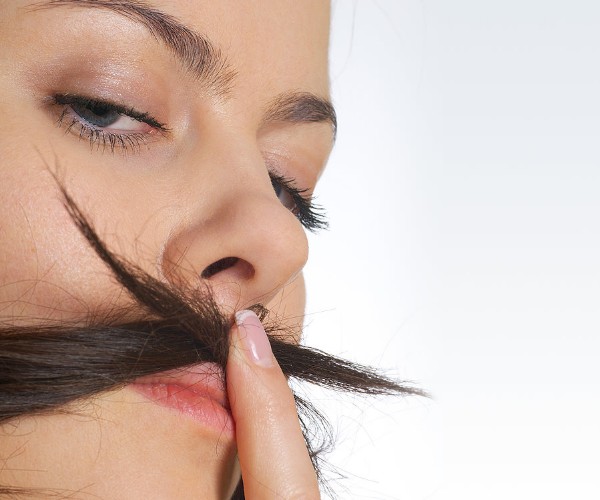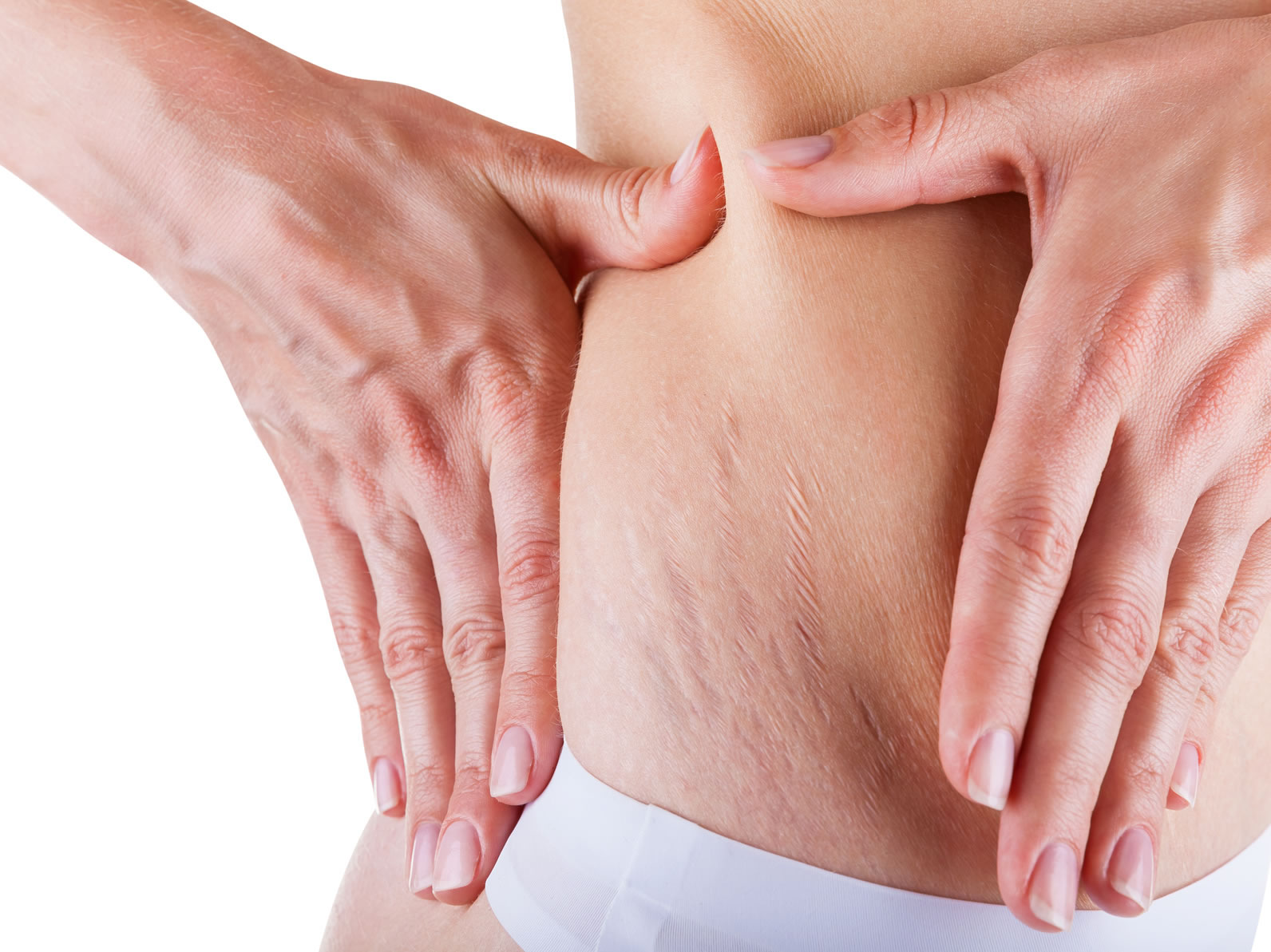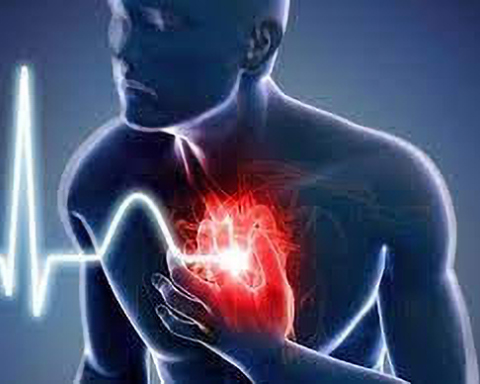Excessive and abnormal sweating not attributable to exercise or heat is called hyperhidrosis.
In some cases, the hands may sweat so much that they wet clothing or drip, causing problems with daily activities and creating situations of great concern and embarrassment at the relational level up to a condition of social anxiety and consequent isolation of those suffering from the disorder.
Sweating is the body’s system for lowering the temperature when it is too high. The nervous system regulates the sweat glands according to temperature, and they produce more sweat if the temperature rises but also if a nervous condition is present.
The most common form of hyperhidrosis is called primary hyperhidrosis, an essential disorder, not attributable to a specific medical cause, in which there is a state of nervous overactivity that affects the sweat glands even when no physical activity is being performed and the temperature is stable. Stress is a worsening factor in the disorder, which can affect the hands, feet and sometimes the face.
On the other hand, when a medical cause is present, it is called secondary hyperhidrosis, as in some diseases or physical conditions such as: diabetes, thyroiditis, menopausal disorders, heart disease, hypoglycemia, infections, diseases of the nervous system, and neoplasms.
Hyperhidrosis can promote the onset of other medical problems such as skin infections due to the action of sweat on the dermis, but it can also lead to other types of problems such as emotional and social discomfort, since sufferers are exposed to situations of severe embarrassment in extending a hand wet with sweat and feeling observed and judged, as well as risking not being able to pursue their life and work goals by being isolated in the social context.
Normal sweating is manifested during the performance of various physical activities or sports, or in particularly hot weather, or under conditions of high tension and stress, while with hyperhidrosis sweating occurs not necessarily because of the above conditions, but extends to the hands, feet, face, and armpits throughout the day and profusely.
Excessive sweating is a sign that reveals a serious physical condition and emotional distress, good elements to consult the doctor to get to the bottom of the problem, to treat the symptom but also to trace back to possible clinical causes that lead to it.
If then with excessive sweating comes other symptoms such as, nausea, dizziness and lightheadedness, or pain in the chest area, or even episodes of excessive sweating at night several possible causes should be investigated that should not be underestimated.
Diagnosis may be made on the basis of the patient’s medical history, that is, the collection of data and medical history, but also by performing some laboratory tests, such as urine tests, blood tests, thyroid tests, blood glucose tests, as well as a test of the areas of sweating and the type of sweat produced, its components and its thermoregulation index.
Aluminum chloride-based antiperspirant drugs may be used for evening applications to the areas most affected by excessive sweating.
There are also drug-based treatments that isolate the nerves responsible for sweating, and also antidepressant drugs with action to reduce sweating and related emotional state, but they presuppose constant medical supervision and monitoring of side effects
Additional therapies include botulinum toxin treatment with injections that, by blocking the nerves responsible for sweating, prevent the disorder for a few months but do not resolve it permanently, but rather repeat the therapy over time. This type of treatment can be burdensome as well as painful and give rise to discomfort related to therapy.
There are still other types of treatment that aim at nerve surgery, or the removal of sweat glands, or the use of microwave techniques, and still other methods, all of which are more specific and less routine, and carry some risks of the clinical outcome.
To relieve discomfort from hyperhidrosis, one can use over-the-counter antiperspirant medications, which reduce the amount of sweating, or make applications of tannic acid to the affected parts. A daily bath is a beneficial contribution to the skin and helps get rid of the many bacteria present.
Use socks and shoes of natural, breathable materials that prevent sweat stagnation.








